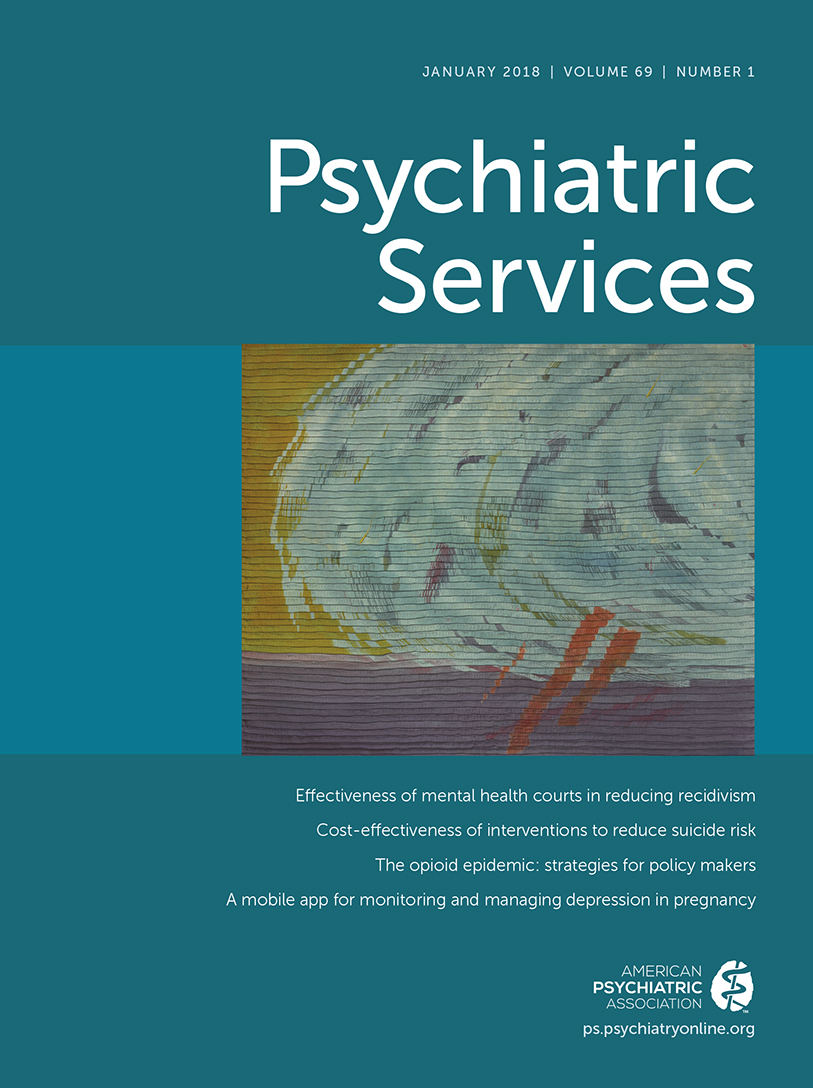Syndromic Surveillance of Mental and Substance Use Disorders: A Validation Study Using Emergency Department Chief Complaints
Abstract
Objective:
This study evaluated whether emergency department (ED) patient presentations for problems related to mental and substance use disorders could be validly monitored by a syndromic surveillance system that uses chief complaints to identify mental disorders.
Methods:
The study used syndromic surveillance data on 146,315 ED visits to participating Fresno County, California, hospitals between January 1 and December 31, 2013. Free-text patient chief complaints are automatically classified into syndromes based on the developer’s algorithms. Agreement was assessed between the algorithm’s syndrome classification of mental health and substance abuse (MHSA) disorders and ICD-9-CM discharge diagnostic codes. Diagnosis and ED utilization patterns among patients with at least one visit with an MHSA syndrome classification were also examined.
Results:
Approximately 8% of ED visits during the study period received an MHSA syndrome classification. Overall agreement between MHSA syndrome classification and psychiatric- or substance use–related ICD-9 discharge diagnoses was high (κ=.92, 95% confidence interval=.91–.92). Sensitivity (100%) and specificity (98.6%) of the MHSA syndrome classification were also very high. MHSA syndrome–classified patients exhibited high levels of health care and morbidity burden compared with other patients.
Conclusions:
ED chief complaints can be utilized to reliably and validly ascertain the incidence of patient presentations for mental and substance use disorders in contexts in which discharge diagnoses are not routinely available. Wider adoption of MHSA-related syndrome algorithms by syndromic surveillance systems could be valuable for public mental health surveillance, service delivery, and resource planning efforts.



